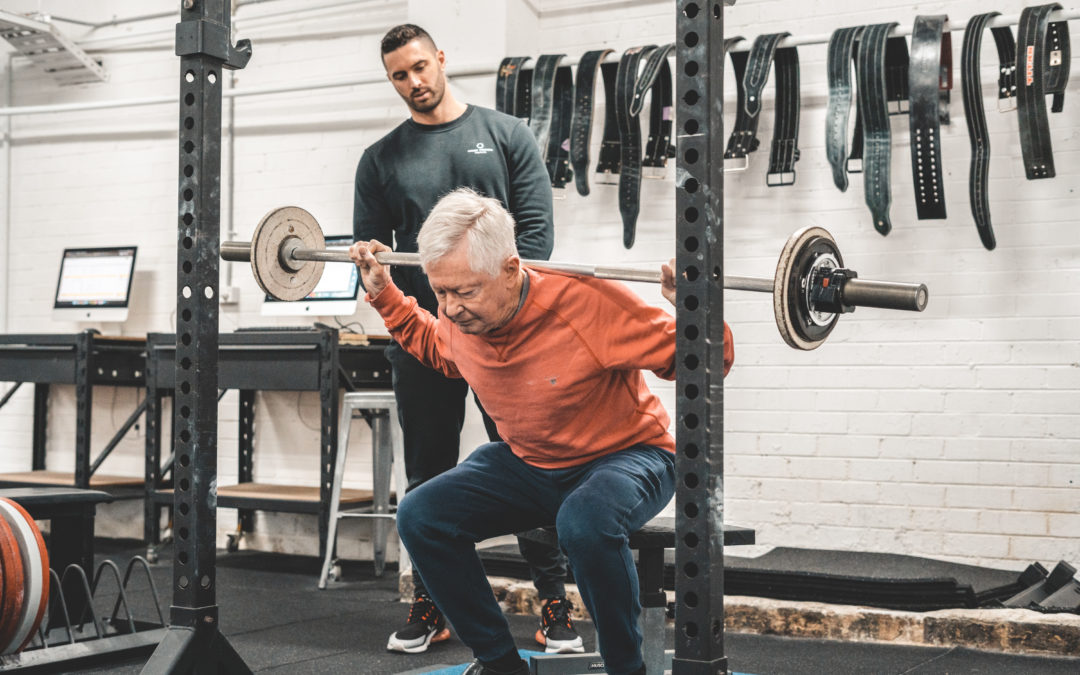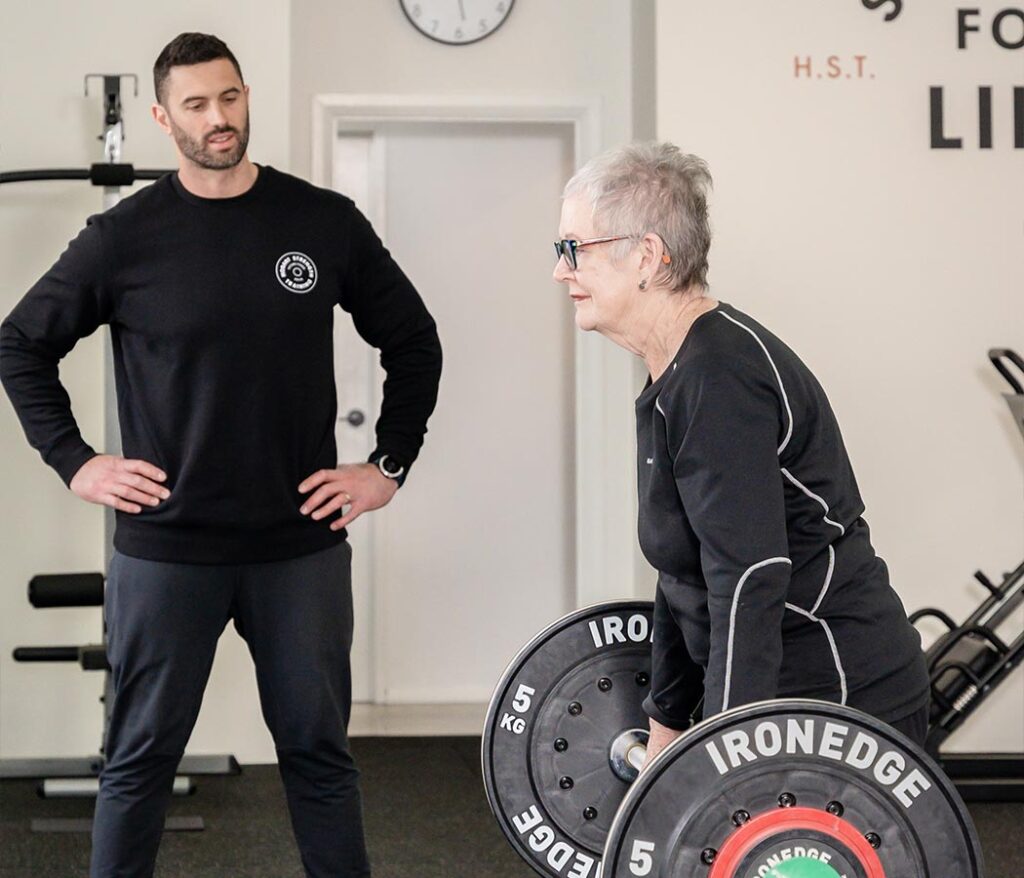The Fitness Industry, like many others is a mixed bag of quality products. I’m sure you’d agree that your time, effort and money are valuable to you. So, as a prospective customer, how are you to know which fitness product is best for you? Yoga, Pilates, F-45, Les Mills, Strength Training and more…where should you start? Today we’d like to present 3 reasons why not all exercise is created equal. This isn’t an exhaustive list but rather a convenient, go-to-guide. Within these 3 reasons you’ll be provided with the tools you need to separate the wheat from the chaff and best discern which type of exercise suits your goals. Let’s get started.
Your exercise program isn’t individualised
Now, let’s not mix words here. You do not need a completely unique program that aims to re-invent the wheel. In fact, that would reek of suspicion. Instead, your exercise program needs to be individualised to your specific goals. For instance, are you looking to increase your lower body strength? This would suggest in technical terms, you need to increase lower body force production. To do so, that would involve performing moderate to low rep sets (think 4 – 6 reps), with heavy weights. Higher rep sets of a bodyweight squat performed on a balance board won’t do the trick, no matter how challenging it may feel. Resistance Training guidelines indicate best practise¹, however many variables can be individualised:
- Training schedule
- Exercise technique
- Level of difficulty
- Equipment availability
As a result of considering individual needs, exercise programs can meet someone like yourself, where you’re at and provide the best match for the outcomes desired.
Your exercise lacks progression
Progressive Loading is an important concept to grasp. When training lacks progression you plateau. This begs the question, what is progressive loading? Simply put as your performance increases, subsequent increases in the training stress are necessary in order to match this improvement. Essentially, increasing the demands of your training is demonstrative of your progress. In simple terms, you should be seeing improvements in the gym. That improvement is a proxy of things such as increasing muscle mass², bone density, cardiorespiratory fitness and more. So, how do we ensure progressive loading occurs? There are a few ways:
- Training log
- Observant coaching
- Correct programming
These are things any competent trainer can help with. Moreover, progression acts as internal feedback – if you’re progressing, everything is working. If not, you know changes need to be made. This provides built-in troubleshooting. However, not all forms of exercise can accommodate progression – certain formats such as semi-private classes which follow a “workout of the day format”, due to their very nature, lack the ability to facilitate progression.
Your exercise lacks focus
As Woody Allen said, “You can’t ride two horses with one behind”. Too many forms of exercise try to be everything at once. For instance, you might see someone promote a certain exercise as “being good for strength and stability” whilst also “being good for speed and power”. These terms are thrown about for marketing, with no respect to their exercise science definitions. Strength can be categorised into various forms such as Low Velocity – High Load Limit Strength (think about lifting an all-out 1 repetition max) all the way to Strength – Endurance (a set of 15 – 30 reps). Moreover, it’s hard to focus on being “stable” whilst also trying to focus on moving very quickly! This lack of focus also bleeds into programs. A list of 20 exercises chosen at random isn’t a program. A focused program will contain everything mentioned so far but apply careful constraints. For instance:
- A variety of exercises that share common themes: i.e., 3 different Squat variations across the week
- A variety of rep-ranges that are in proximity to one another: i.e., 5 reps, 8 reps and 10 reps
- A clear purpose for your current exercises: i.e., we are working on heavier loads for the next 2 – 3 months
Train with professionals who understand quality
The next time you’re scrolling social media, use your newfound knowledge in our go-to-guide to filter out what works and what doesn’t. With a bit of critical thinking, it will become clear what works. At Hobart Strength Training we aim to provide quality fitness services. That means providing you with the correct tools you need to achieve your goals. Training with our coaches means your exercise programs will be appropriately individualised, progress over time and maintain the focus required. Contact us today to get started on your journey towards being Stronger for Life.

